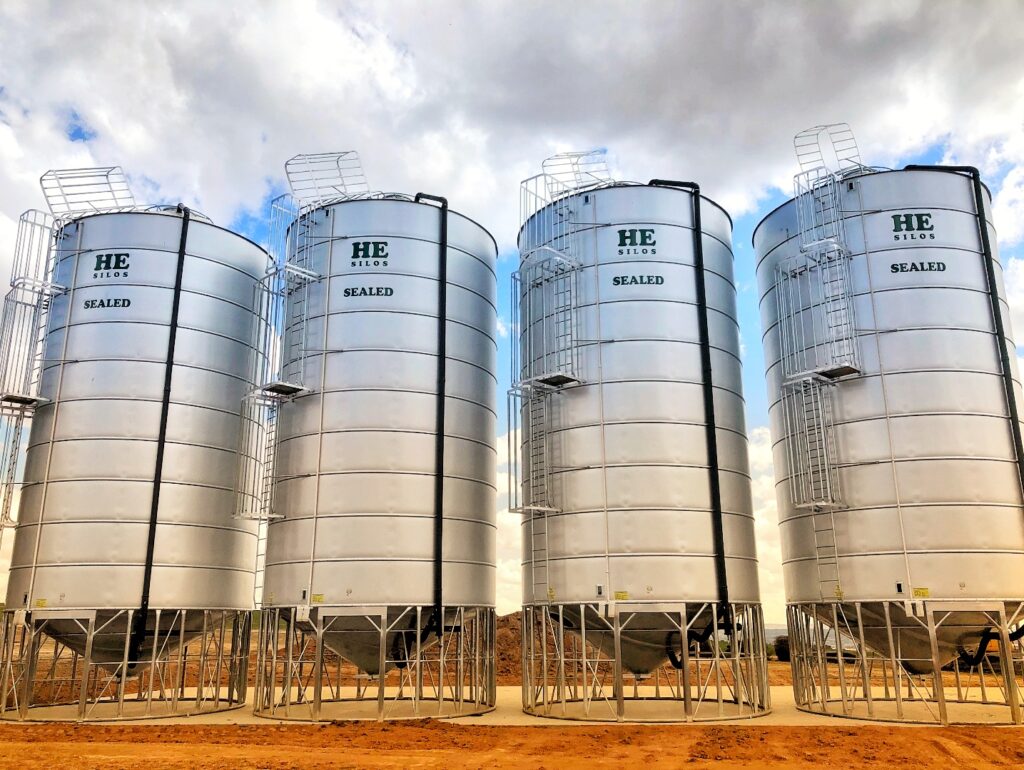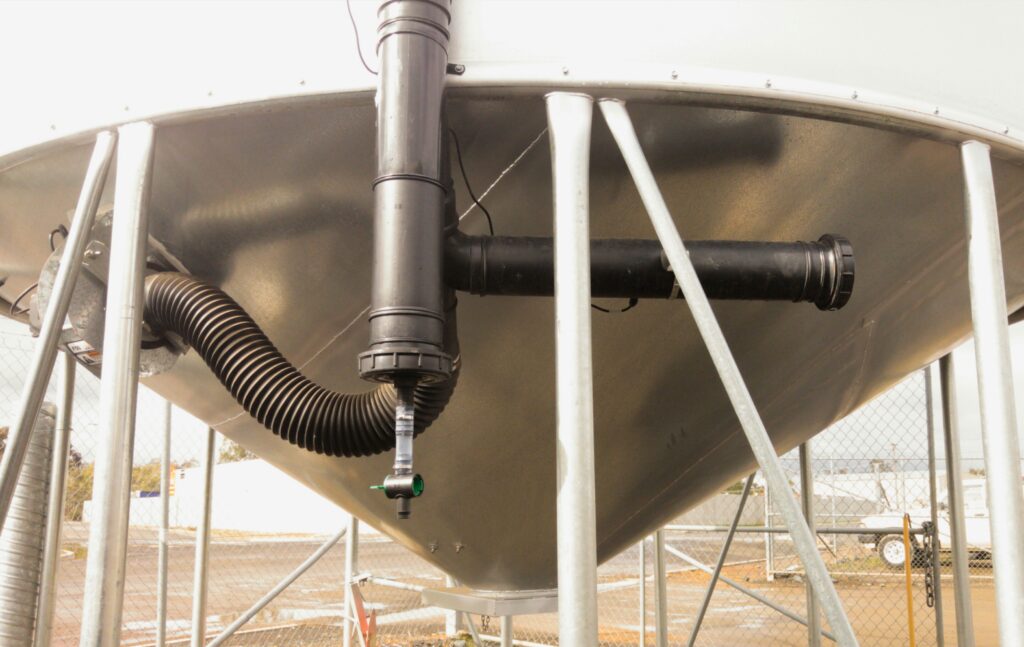The Importance of Fumigating your Grain

Tis, the season to be busy! And with harvest well and truly underway, now it the time to understand the importance of grain management inside those HE Silos’.
Let’s talk about fumigation!
Fumigation is one of the most effective methods of pest control. It works by filling the chamber (in our case, a HE Silo!) with a specific chemical that will suffocate and poison any little critters hiding in your grain.
Even a minimal infestation of insects and pests can impact the germination of your grain. I don’t think anyone needs convincing; insects are bad news!
Even with perfect maintenance of your storage equipment, your grain can become infested with insects from machinery that hasn’t been adequately cleaned, or even just in the time it takes to get your grain from field to silo.
Did you know that over 80% of Australians treat their grain with phosphine?

With the inadequate sealing of silos during the fumigation process, there are growing concerns that the resistance to phosphine is increasing. This is due to the levels of toxic gases not being held for long enough periods to get rid of the pests in varying stages of their life cycle. The good news, is with a sealed silo meeting the Australian Standards of AS2628, the concentration of fumigants can be held at a sufficient level of toxicity for a long enough period to get them all!
Now, some of you may think a silo that stops rain getting onto your grain is sealed- this isn’t the case! The Australian Standard AS2628 states that for a silo to pass as properly sealed, it must pass a test five-minute, half-life pressure test. . Silos must be about to prevent what is in simple terms, a five-minute, half-life pressure test. Luckily for all of you, HE Silos’ Sealable Silos are pressure tested before they leave on delivery manufacturing. However, it’s best practice to check on the pressure in your silo quite regularly. More information on Pressure Testing your Silo can be found at this Link (link Blog Here)
So, what are the different types of fumigation systems? How do they differ?
Fan-forced fumigation systems work by circulating the air in the chamber to ensure even distribution of phosphine. The recirculation of the gas in your sealed silo will then guarantee that pests at all stages of their lifecycle are poisoned.
Thermal fumigation is just as it sounds, based on temperature! HE Silos’ Award-Winning TICS™ (Thermal Insect Control System™) maintains an even distribution of phosphine gas throughout the silo and can be retrofitted to most existing on-site silos. This system also meets the Australian Standard for Sealed Silos AS2628.

Our TICS System maintains consistent phosphine levels throughout the Silo for over 30 days. TICS™ works in combination with UV light and thermal air to maximize fumigation in our sealable grain storage products. This value adding product removes a critical existing safety risk, while also adding value to grain by reducing losses due to insect infestation or contamination. Charles Sturt University have just completed a 12-month intensive study (which has now been extended for three years) on our TICS™ product, which has found that not only does it meet the GRDC Phosphine recommendations, but far exceeds them!
Well, that brings us to the end of another Silologist™ report! Don’t forget to properly maintain your silo, stay farm safe and most importantly, look after yourself and those around you.

Steve, The Silologist™

